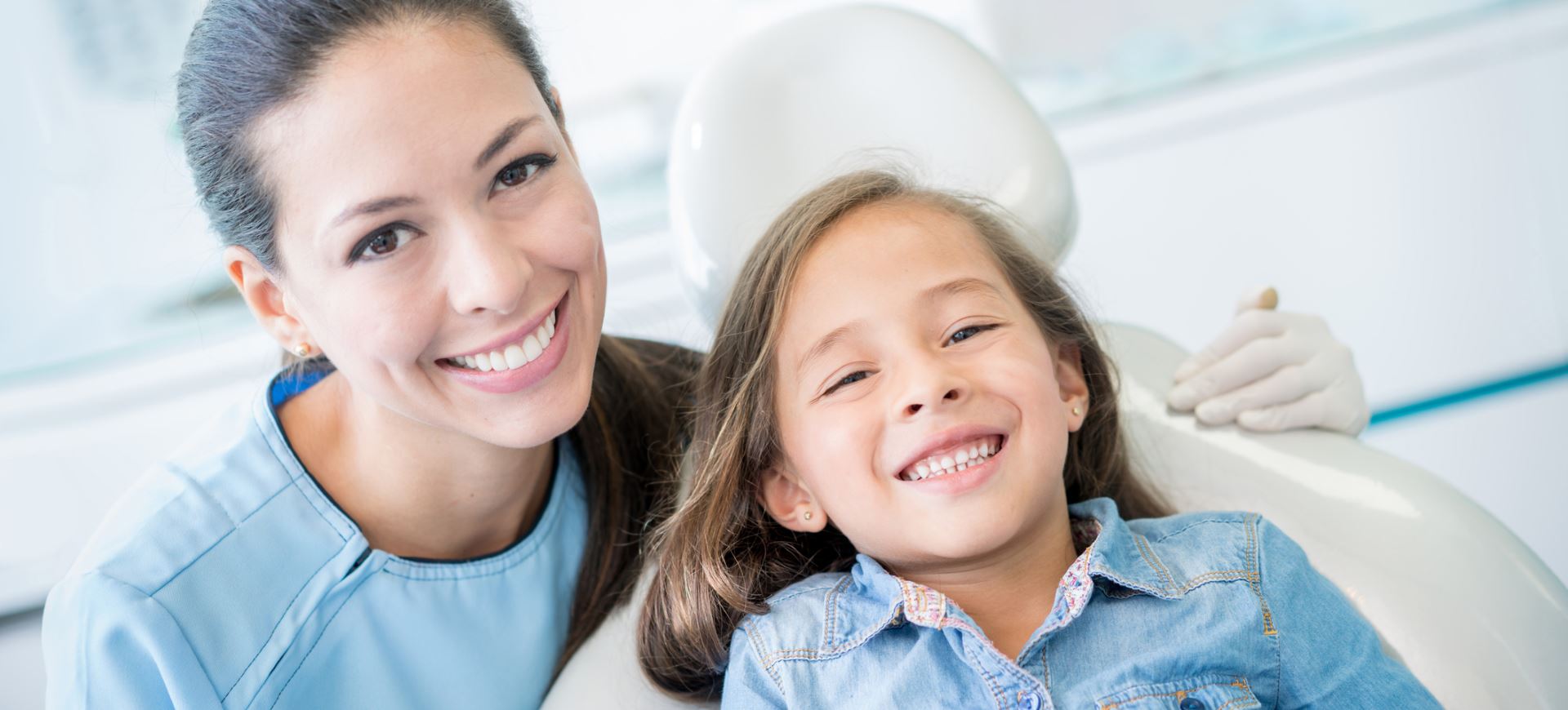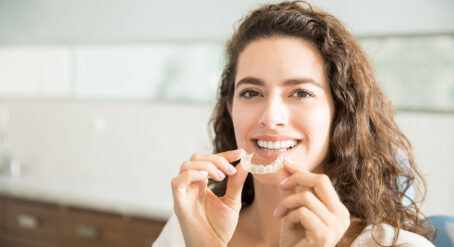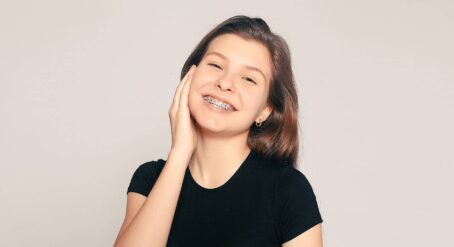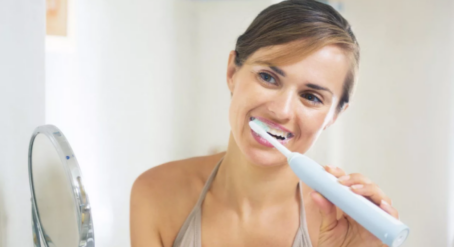For any teenager, getting braces can be a big change.
Fortunately, there is one thing that teenagers don’t necessarily have to give up, and that’s sugar-free chewing gum. Usually consumed after meals, sugar-free chewing gum can stimulate salivary flow and also freshen up your child’s breath so they feel more comfortable in social situations. With a few helpful hints, chewing gum shouldn’t complicate your child’s orthodontic treatment.
Is there a special type of gum for braces?
There are two main types of gum on the market – chewing gum and bubble gum. Chewing gum is usually sugar-free and can actually help to protect teeth from cavities because it stimulates saliva, which can neutralise acids in the mouth and help prevent tooth decay. While there is no special type of chewing gum for braces, you can choose out of soft strips or hard pellets. It is better to choose the soft strips for those with braces, to reduce the chance that appliances will be bent or broken.
On the other hand, bubble gum usually contains sugar, which can lead to cavities and tooth decay. Additionally, bubble gum tends to be more sticky, so it’s worse for teenagers with braces because it can get stuck between their brackets and wires.
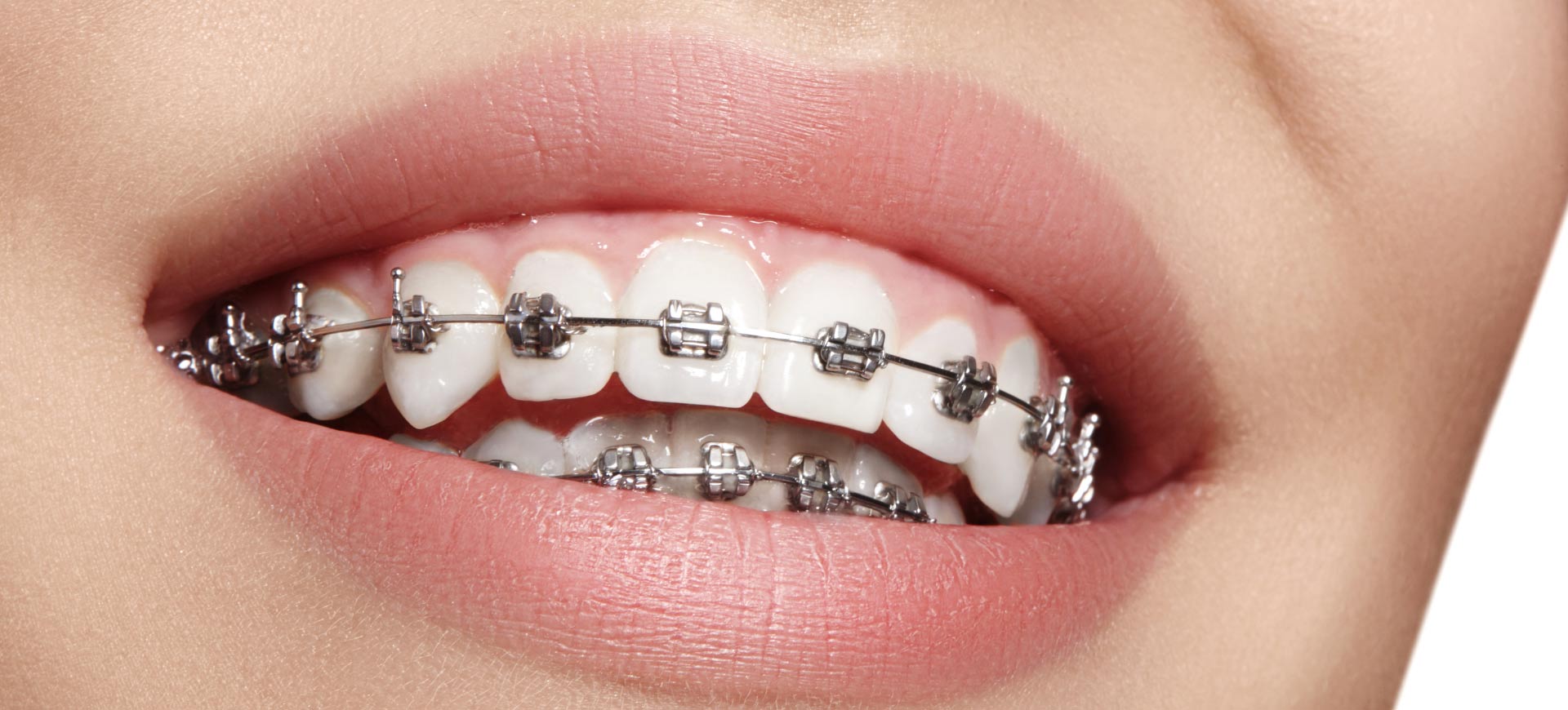
How to chew gum with braces?
When chewing gum with braces, it’s essential to select only sugar-free products that are less sticky and reduce the risk of it getting stuck in your brackets. Luckily, the materials used to make braces have improved over time and are now more flexible so you can enjoy the benefits of less cavities and fresher breath while chewing gum. Still not convinced? Speak to your orthodontist who will provide handy hints for chewing gum with your selected appliance. While it’s important to chew gum completely and brush your teeth after meals, you should not have to cut it out completely.
What if my teen breaks their appliances when chewing gum?
Sometimes, if you have a very strong bite or if you are not careful, chewing gum can result in broken or bent appliances. If any complications do arise from chewing gum you should contact your orthodontist immediately.
For these teens, it might be better to avoid chewing gum., But you may still want to freshen your breath. Mints that dissolve in your mouth are a great alternative. You can also drink water infused with the citrus flavours of lemon or lime – this will help you hydrate and freshen your breath at the same time.
What are other foods to avoid or enjoy with braces?
If your teen’s just had their braces applied, or they’ve had them for a while but feel like they’re missing out on many foods, then there’s some good news – plenty of foods won’t cause any issues. You can safely serve them the following:
- Oats
- Mashed potatoes
- Pasta
- Soup
- Eggs
In general, soft and hearty foods, complex carbohydrates, dairy, soft fruit/vegetables and tender proteins are all good for those with braces.
On the other hand, some foods that they should look to avoid include:
- Hard lollies
- Chips
- Nuts
- Popcorn
- Caramel
- Apples (that aren’t cut up)
They should also avoid sugary drinks. Chewy and sticky foods, and foods which require crunching or forceful bites can all affect your teenager’s braces and the health of their teeth.
If your teen is yet to begin their orthodontic treatment, use our Finder tool to search for a registered specialist orthodontist in your area.
